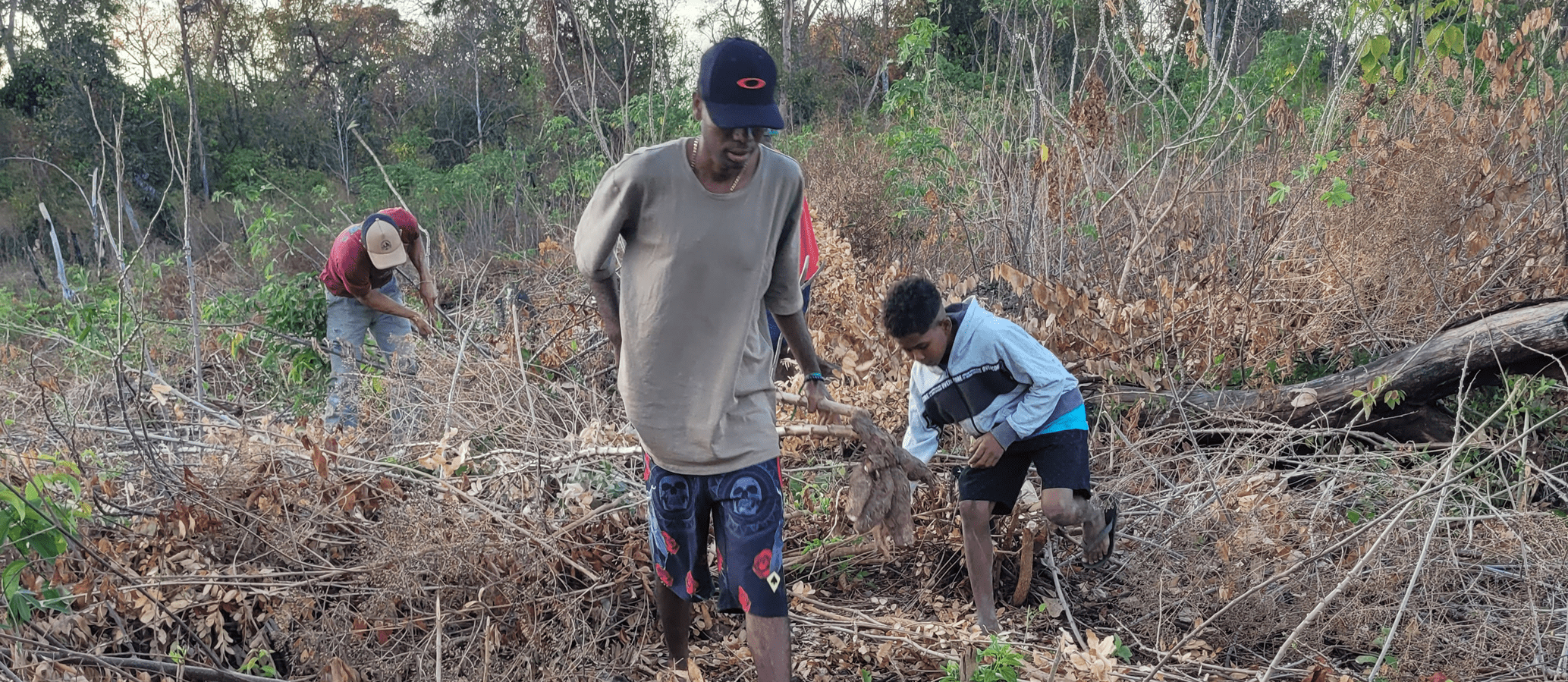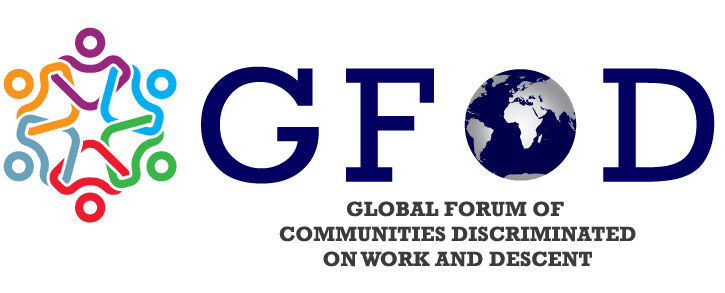
SENEGAL
THROUGH
CDWD LENSE
REPORT
DATA
INFOGRAPHIC
DISCUSSIONS
RECENT ACTIVITIES
NEWSLETTER
SUBMISSIONS
EVENTS
Courtesy Rights Expert Senegal
In Senegal, the caste system exists with several ethnic groups, but it is more pronounced among the Wolofs. The Wolof community is divided between the Geer (freeborn/nobles) and the Neeno (people of caste). The Wolof community forms the country’s largest ethnic group, and is based on strict hierarchical relationships. The Neeño, who are at the bottom of the hierarchy, are divided into various castes groups such as blacksmiths and leather workers, all of whom are traditionally considered to be of a low rank in Wolof society and their position is not alterable. The Neeno constitute 10-20% of Wolof society.
These caste groups are hereditary and endogamous, with their occupation governed by the concept of purity and pollution. Members of the Neeno groups are seen as polluting because of their work and their descent. For instance, contact with griots, particularly through their sweat, is seen as polluting, partly due to the extra tasks of circumcision, undertaking and midwifery they have traditionally performed. Although many no longer do, the concept of pollution remains engrained. Other forms of segregation include exclusion from key initiation societies, burial in separate cemeteries and refusal of right to bear instead placing their bodies in the hollows of baobab trees.
In the Wolof community, the concept of caste is based on occupational groups. The superior category in the caste ladder is occupied by the Geer, which traditionally comprises farmers, fishermen, warriors and animal breeders. ‘The Neeno are further divided into sub-castes: the Jeff-lekk comprise artisans, while griots and jesters constitute the Sab-lekk. The third category, Noole, who are relatively few in number, make up servants and courtesans.
The artisans are further divided into four sub-castes, namely blacksmiths or jewellers, shoemakers, woodcutters and weavers. Beneath the Neeno is the category of Jaam or slaves—they are deemed to be outside the caste system. Over time, the migration of Wolofs to cities and larger towns has led to greater access to educational and professional opportunities for Neeno castes, though serious problems remain.
Prejudices and discrimination against the Neeno community has led to them having reduced access to basic amenities like education, health, housing and employment. One of the strong prohibitions relates to residing in
places occupied by members of the other community. Discrimination based on caste continues to exist, especially in the socio-political sphere.
Even though the Government of Senegal has ratified almost all international and regional (Africa) human-rights instruments, including the Universal Declaration of Human Rights, discrimination based on caste is still prevalent in Senegalese society. Further, though the Senegalese constitution asserts the rights of all Senegalese to equal protection of the law and freedom from discrimination, regardless of caste and descent, discrimination against Neeño continues.


